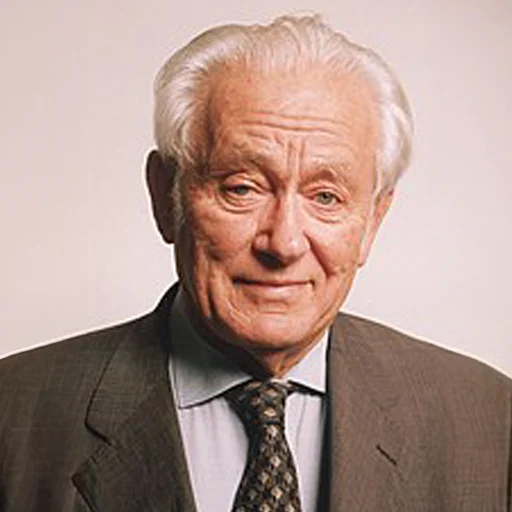A resistance fighter while still a high-school student, deported to the Dachau concentration camp, Georges Charpak was a very young man when he was promoted to the rank of lieutenant in the French Forces of the Interior. He was awarded the “Croix de Guerre” before returning to his studies, graduating from the “École des Mines” in Paris in 1947. A year later, he was admitted to the CNRS as a researcher in the nuclear physics laboratory of the “Collège de France”, headed by Frédéric Jolliot-Curie. He obtained his doctorate with a thesis on particle detectors.
A research fellow at the CNRS and then at the European Organization for Nuclear Research, the following decade he became associate professor at the general electricity laboratory of the “École supérieure de physique et de chimie industrielles de la ville de Paris” (ESPCI). It was here that he developed medical applications for his particle detectors (soft radiology with lower radiation doses). With his colleague Claude Hennion, he helped create a number of biomedical imaging start-ups.
Georges Charpak was awarded the Nobel Prize in Physics in 1992 for his invention and development of particle detectors, in particular the “multiwire” proportional chamber, with dual affiliation to ESPCI and CERN. As in the case of Pierre-Gilles de Gennes a year earlier, his Nobel Prize was not shared. Since then, no Nobel Prize in Physics has been awarded to a single winner.
With the support of the “Académie des Sciences” and several colleagues, Georges Charpak spearheaded a major drive to overhaul science teaching at primary school level. International collaborations were signed to extend this initiative to many countries around the world. A campaigner for civil nuclear energy, in 2001 he proposed a new unit of measurement for radioactivity, the DARI (annual dose due to internal radiation). A multi-faceted personality, Georges Charpak’s humanist dimension is indisputable. Thanks to the fame he achieved as a Nobel Prize laureate, he soon became one of those who took part in the long process of reducing strategic weapons.
His passion for research never left him. At the age of 84, he was still working on the development of an X-ray machine that would deliver 10 to 15 times fewer X-rays to children with spinal problems.
